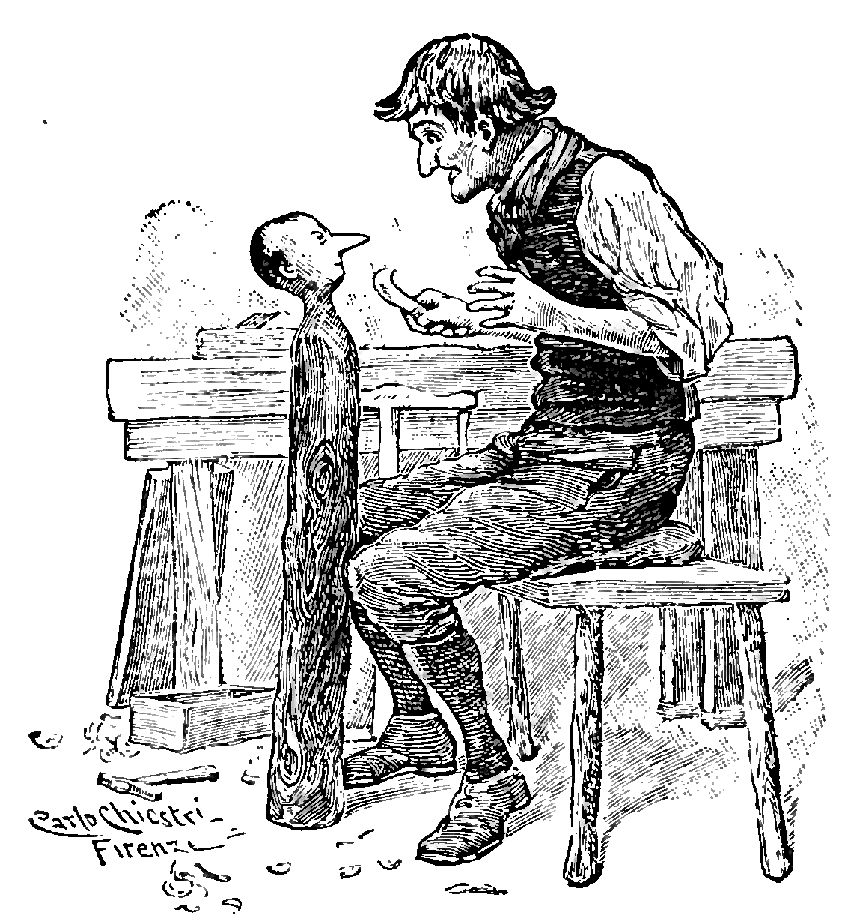Italian writer Carlo Collodi probably had no idea what he was starting in 1883 when he wrote the children’s novel, The Adventures of Pinocchio.
It was the story about a woodcarver who created a wooden puppet that wanted to become a real boy. Pinocchio’s short nose would grow longer whenever he told a lie.

Since then, Pinocchio has become synonymous with a person who is lying. Some people are easy to read, but accomplished liars are difficult to spot.
If you don’t detect a liar or cheater soon enough – whether it’s an associate in deal-making, a partner or an employee – you could lose a lot of money or another commodity – time. On second thought, these tips work for employees when dealing with some bosses.
Helpful clues are contained in a scholarly report, “How to Spot a Liar.” It was written by the University of Wisconsin’s Lyn M. Van Swol and Michael T. Braun, and Harvard Business School’s Deepak Malhotra.
The researchers recruited 104 participants to play the ultimatum game, a popular tool among experimental economists.
The researchers’ clues about lying from the game aren’t foolproof, but are certainly worth considering. Their study offers clues about dealing with mendacious people, but people guilty of fraud by omission. The scholars say cheats do it “by changing the subject or by saying as little as possible.”
Pinocchio effect
“Just like Pinocchio’s nose, the number of words grew along with the lie,” adds the researcher. “Evidence for the Pinocchio Effect” fills a key gap in the field of deception research, says Dr. Van Swol, the study’s lead author.
The scholars say cheats do it “by changing the subject or by saying as little as possible.”
“Most people admit to having lied in negotiations, and everyone believes they’ve been lied to in these contexts,” says Dr. Malhotra. “We may be able to improve the situation if we can equip people to detect and deter the unethical behavior of others.”
The researchers looked for what they call strategic and nonstrategic language cues.
“A strategic cue is a conscious strategy to reduce the likelihood of the deception being detected,” Dr. Van Swol explains, “whereas a nonstrategic cue is an emotional response, and people aren’t usually aware that they’re doing it.”
Excerpted tips from a Harvard Business School article:
Key findings in strategic clues –
- Bald-faced liars tended to use many more words during the ultimatum game than did truth tellers, presumably in an attempt to win over suspicious receivers. Dr. Van Swol dubbed this “the Pinocchio effect.” “Just like Pinocchio’s nose, the number of words grew along with the lie,” she says.
- Allocators who engaged in deception by omission, on the other hand, used fewer words and shorter sentences than truth tellers.
Nonstrategic cues –
- On average, liars used more swear words than did truth tellers – especially in cases where the recipients voiced suspicion about the true amount of the endowment. “We think this may be due to the fact that it takes a lot of cognitive energy to lie,” says Dr. Van Swol. “Using so much of your brain to lie may make it hard to monitor yourself in other areas.”
- Liars used far more third-person pronouns than truth tellers or omitters. “This is a way of distancing themselves from and avoiding ownership of the lie,” Dr. Van Swol explains.
- Liars spoke in more complex sentences than either omitters or truth tellers.
There’s a strange irony in all of this:
“People detect lies better over the computer than they do face-to-face,” says Dr. Van Swol.
A final caution
“This is early stage research,” says Dr. Malhotra. “As with any such work, it would be a mistake to take the findings as gospel and apply them too strictly. Rather, the factors we find to be associated with lies and deception are perhaps most useful as warning signs that should simply prompt greater vigilance and further investigation regarding the veracity of the people with whom we are dealing.”
From the Coach’s Corner, related tips:
Embezzlement – 21 Tips to Protect Your Nonprofit or Company Assets — Embezzlement is a widespread nightmare in business and the public sector. If you surf the Internet using the key word, embezzlement, you’ll find seemingly countless headlines. Upper management commits 18 percent of fraud, according to the Association of Certified Fraud Examiners (ACFE). ACFE also said accounting department employees commit 29 percent of fraud.
Valuable Secrets for Profitable Deal-Making with Clients — If you’re in professional services or consulting, many times you’ve heard the phrase: “Give me a proposal.” You’ve responded by spending several hours and investing hard-earned dollars in putting together a first-rate proposal. You’ve tediously explained your background and your approach. Well, perhaps it’s productive in only two instances
“You have undertaken to cheat me. I won’t sue you, for the law is too slow. I’ll ruin you.”
-Cornelius Vanderbilt
__________






